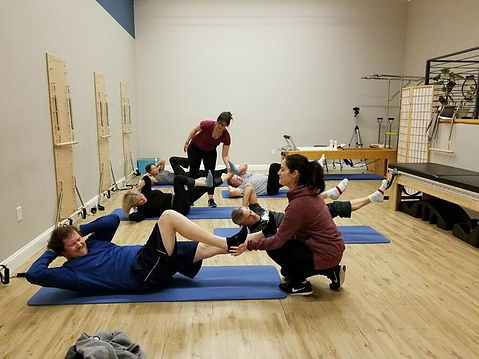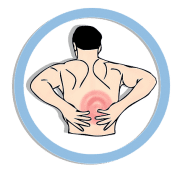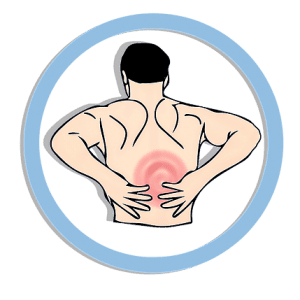Movement is Medicine – When Prescribed Properly!
We hear all the time that “movement is medicine,” but it’s important to add the qualifier – when prescribed properly. If you were sick, you wouldn’t just walk into a pharmacy and blindly pick a medicine without thorough knowledge of what your condition is and a recommendation (or better yet a prescription) from your doctor. When you’re in serious physical pain that keeps you from living the lifestyle you want to live, movement can absolutely be your medicine. You just need to make sure you’re using the right kind…

Every person’s body is different, so every individual dealing with pain has a slightly different experience. That’s why working with a physical therapist – who is trained to customize a treatment plan for your specific issue – is so beneficial. We can identify specific movements that actually are worsening your symptoms, while conversely being able to pick out movements that not only relieve pain in the short term but allow your body to recover fully and become stronger. A lifetime of poor movement patterns can lead to pain and injuries down the road, even in the most athletic and active among us! Physical therapy is all about redesigning those movement patterns and reinforcing correct movement so that people can remain active and pain-free.
Many of our more active clients find that exercising independently will relieve their symptoms for a little bit, but when they wake up the next morning the pain is back in full force. Part of a physical therapist’s job is to help you find the specific exercises that create lasting relief and enable you to go back to your normal activities without having to start over from square one every day. There is no “one size fits all” treatment when it comes to pain, which is why we personalize every client’s treatment to their individual needs and circumstances. We “prescribe” the movements that are right for the individual, not just those that are generally helpful for people with back pain or people with knee problems.
In addition to prescribing specific physical therapy movements, we love to add the movement system of Pilates to our clients’ treatment in order to improve strength, balance, and coordination. It’s incredibly beneficial for clients to have the support system of a physical therapist and a pilates instructor working in tandem to find the right movements to rehabilitate each particular individual. Our goal is always to get our clients back to their full range of movement and activities – we NEVER want to avoid any movement permanently in order to avoid pain – but on the road to that full recovery, the structure of Pilates and the opportunity for physical assistance can be an extremely powerful counterpart to physical therapy.








